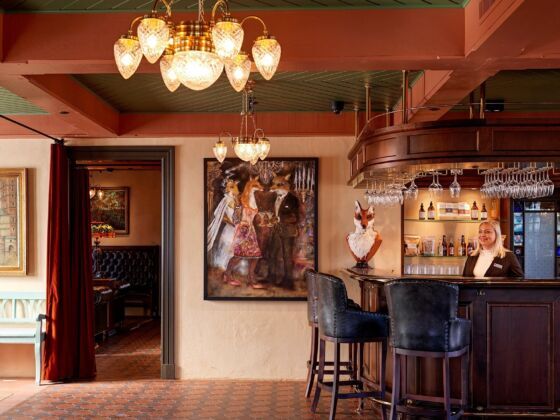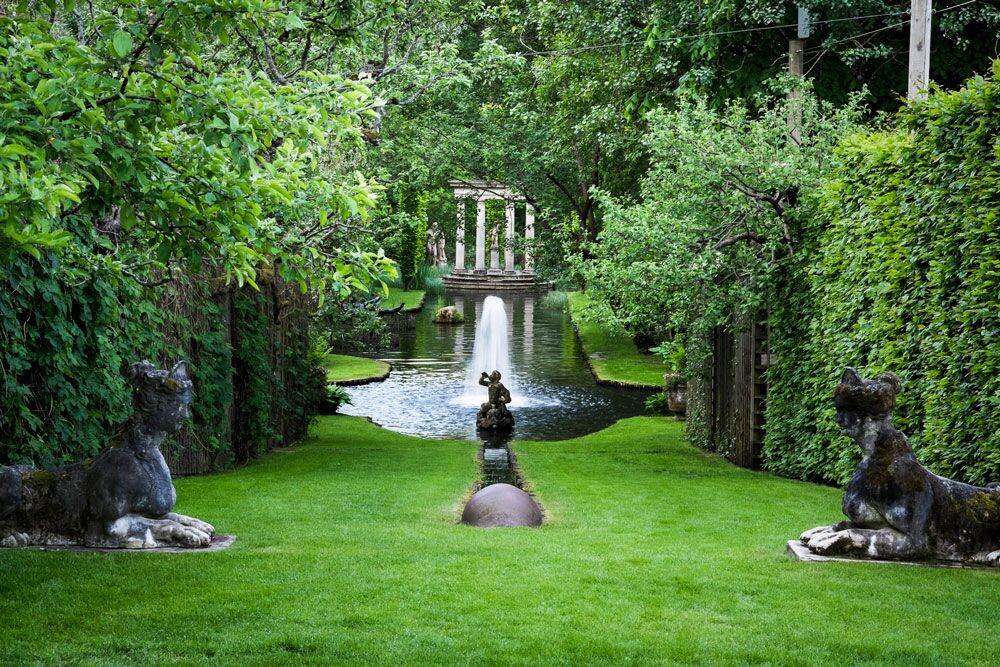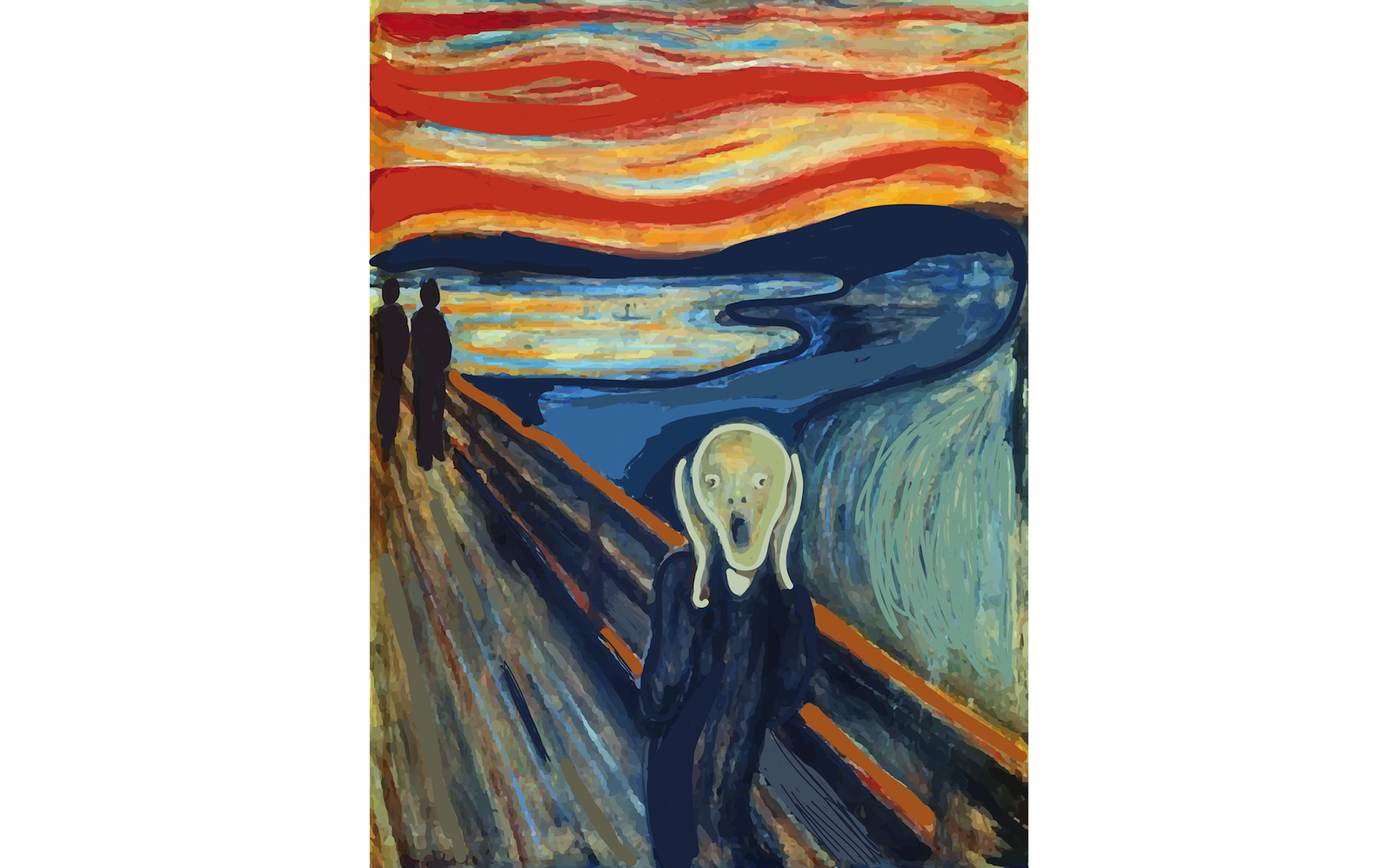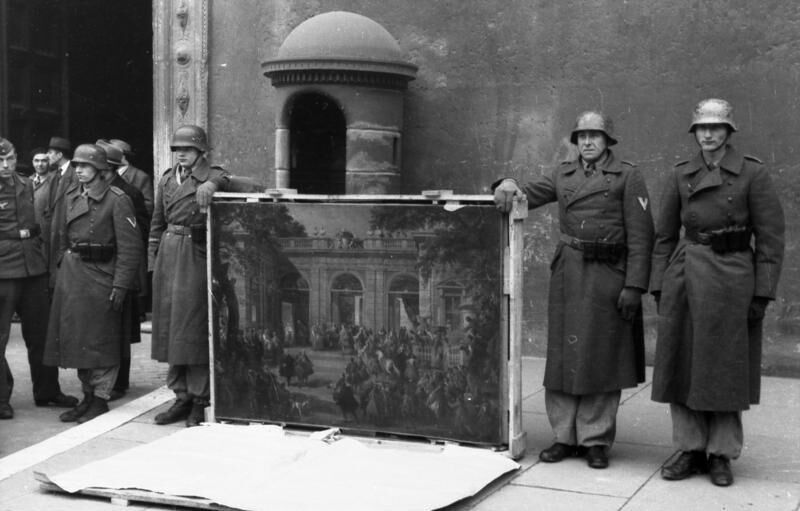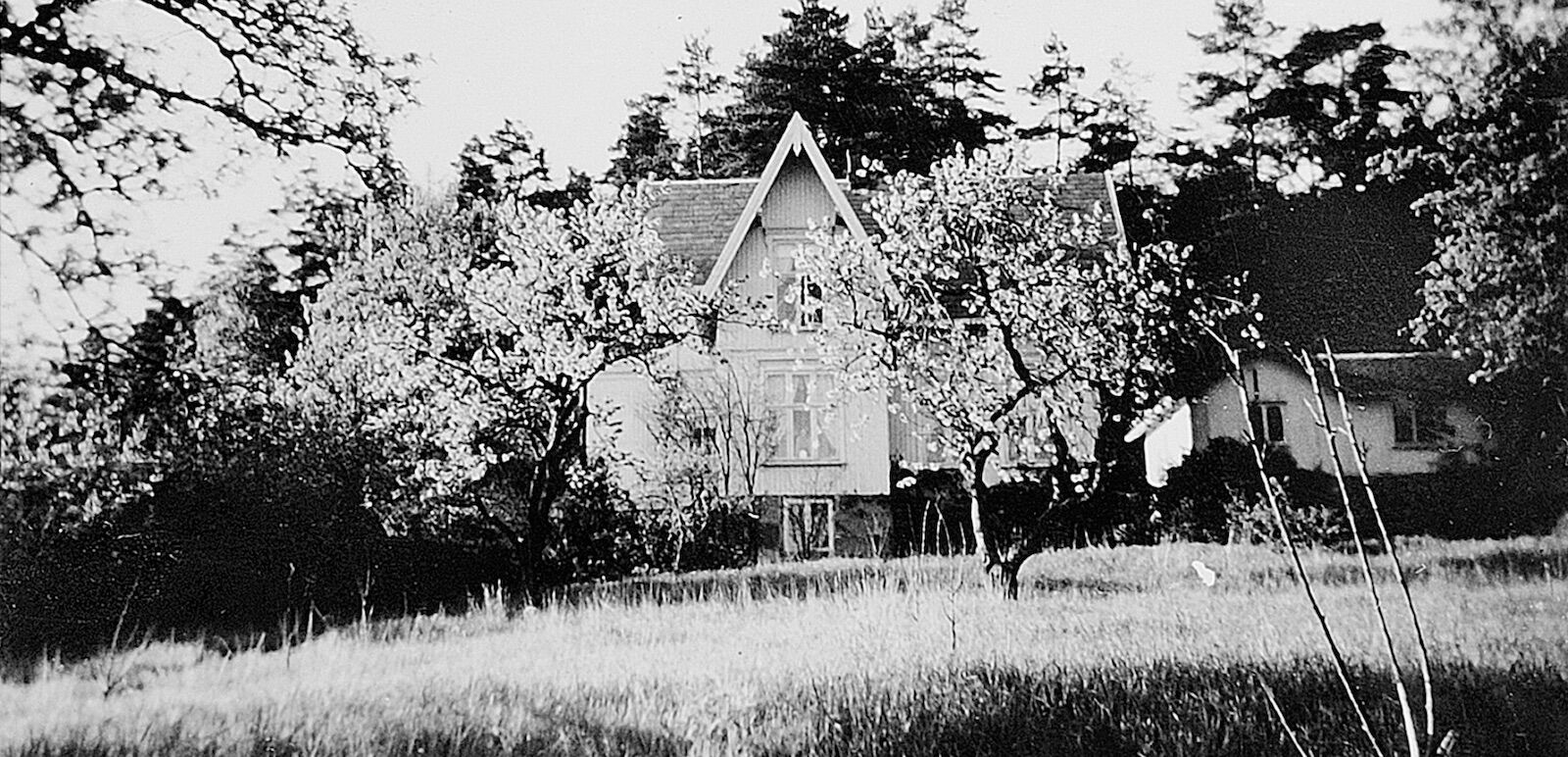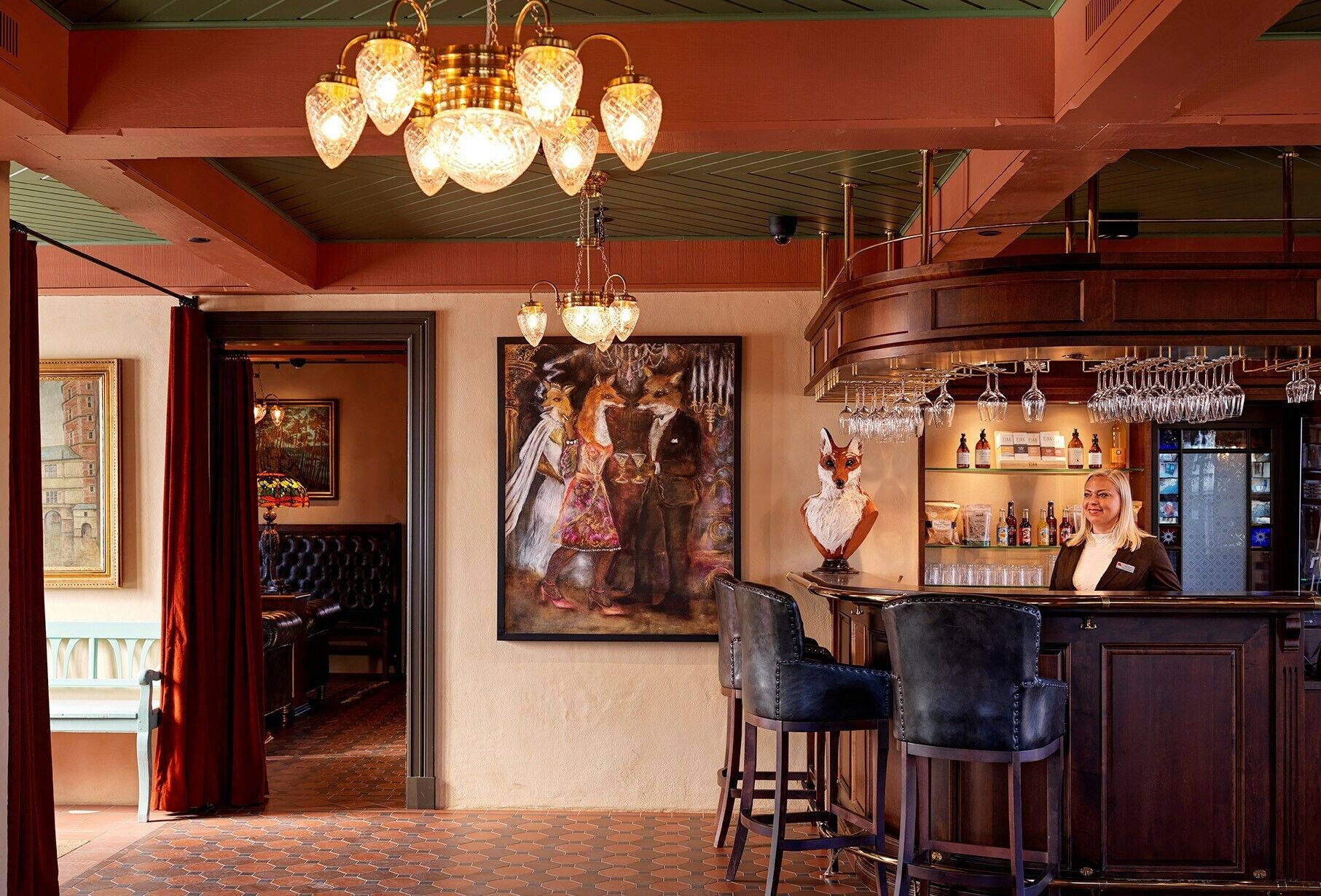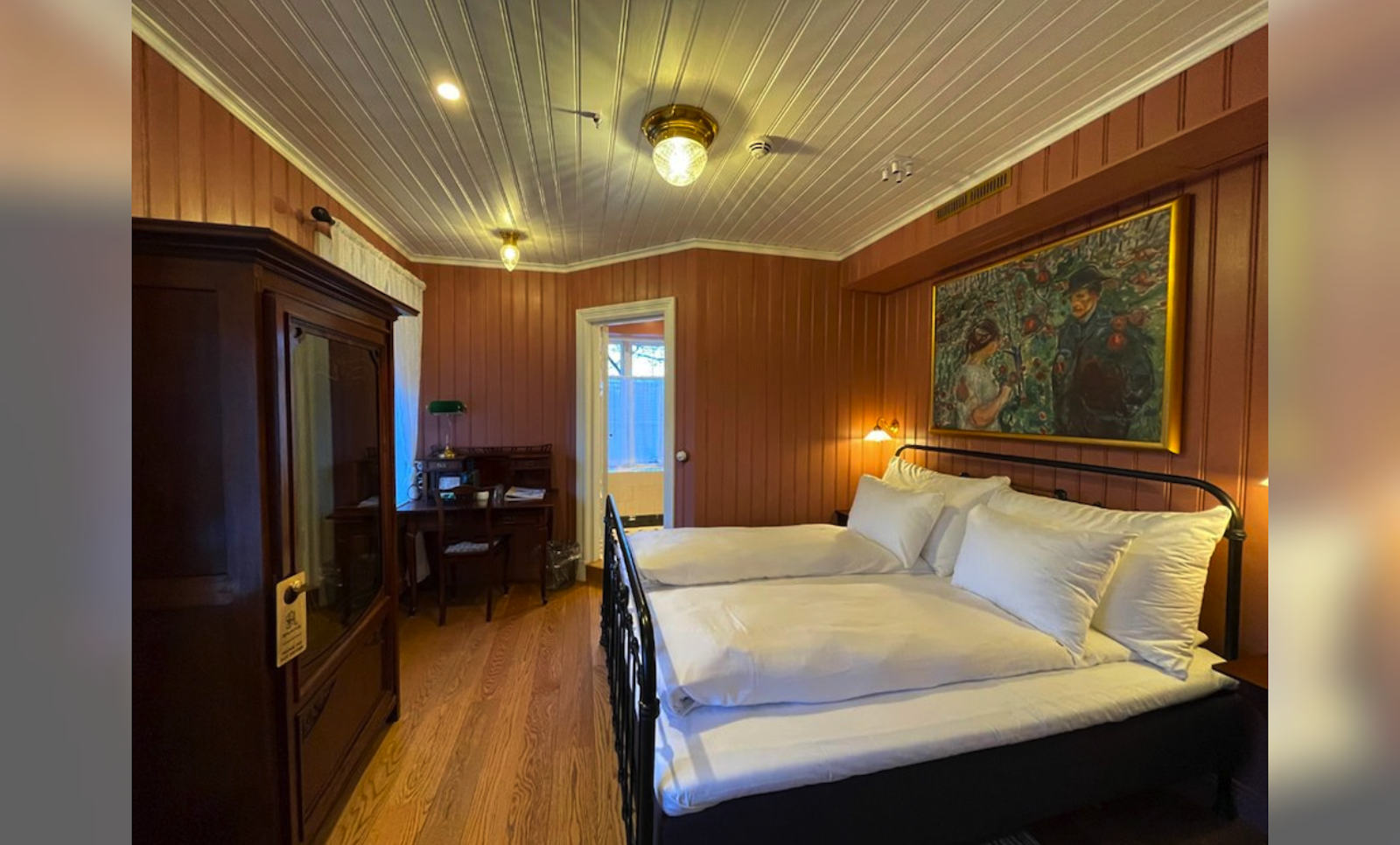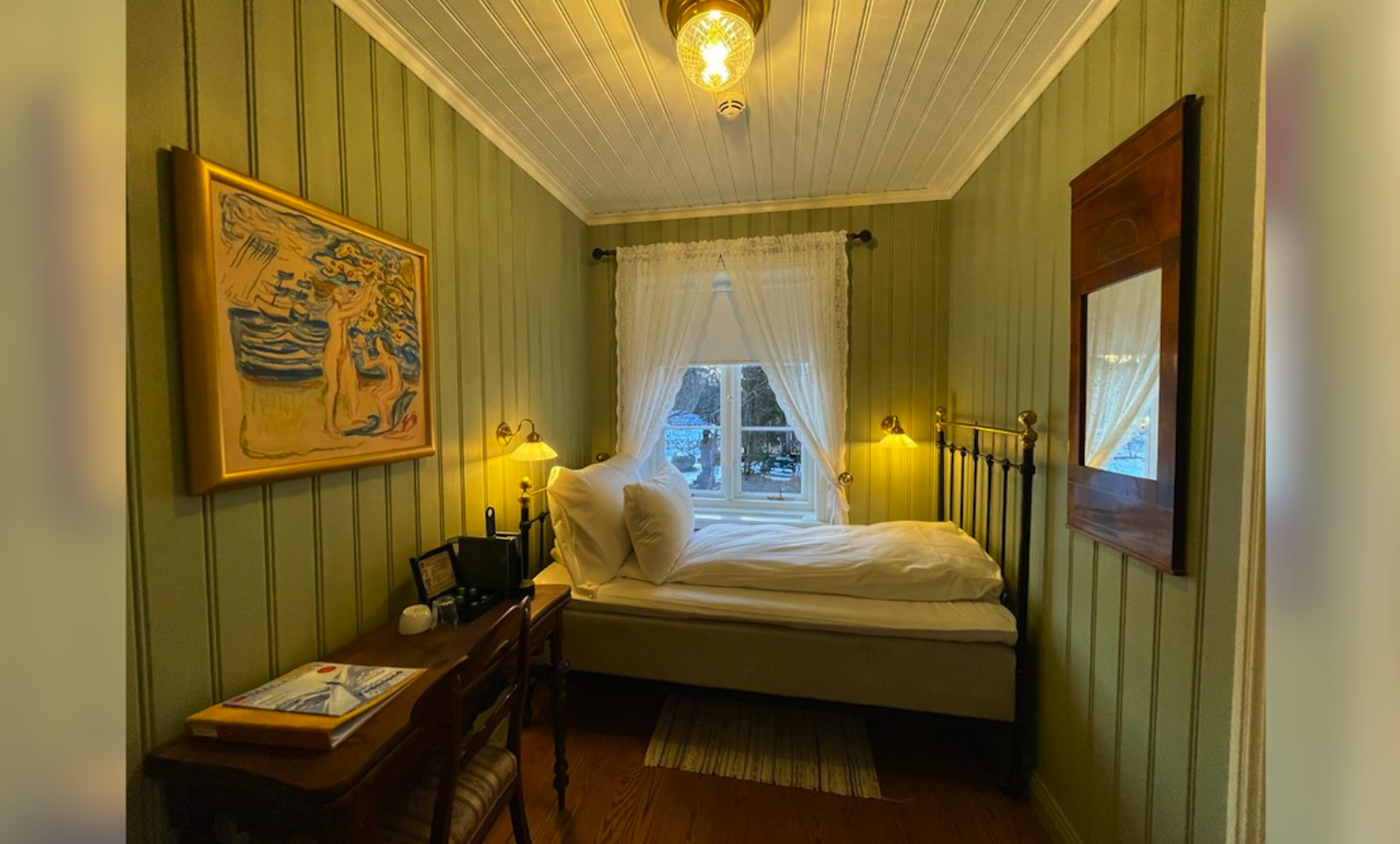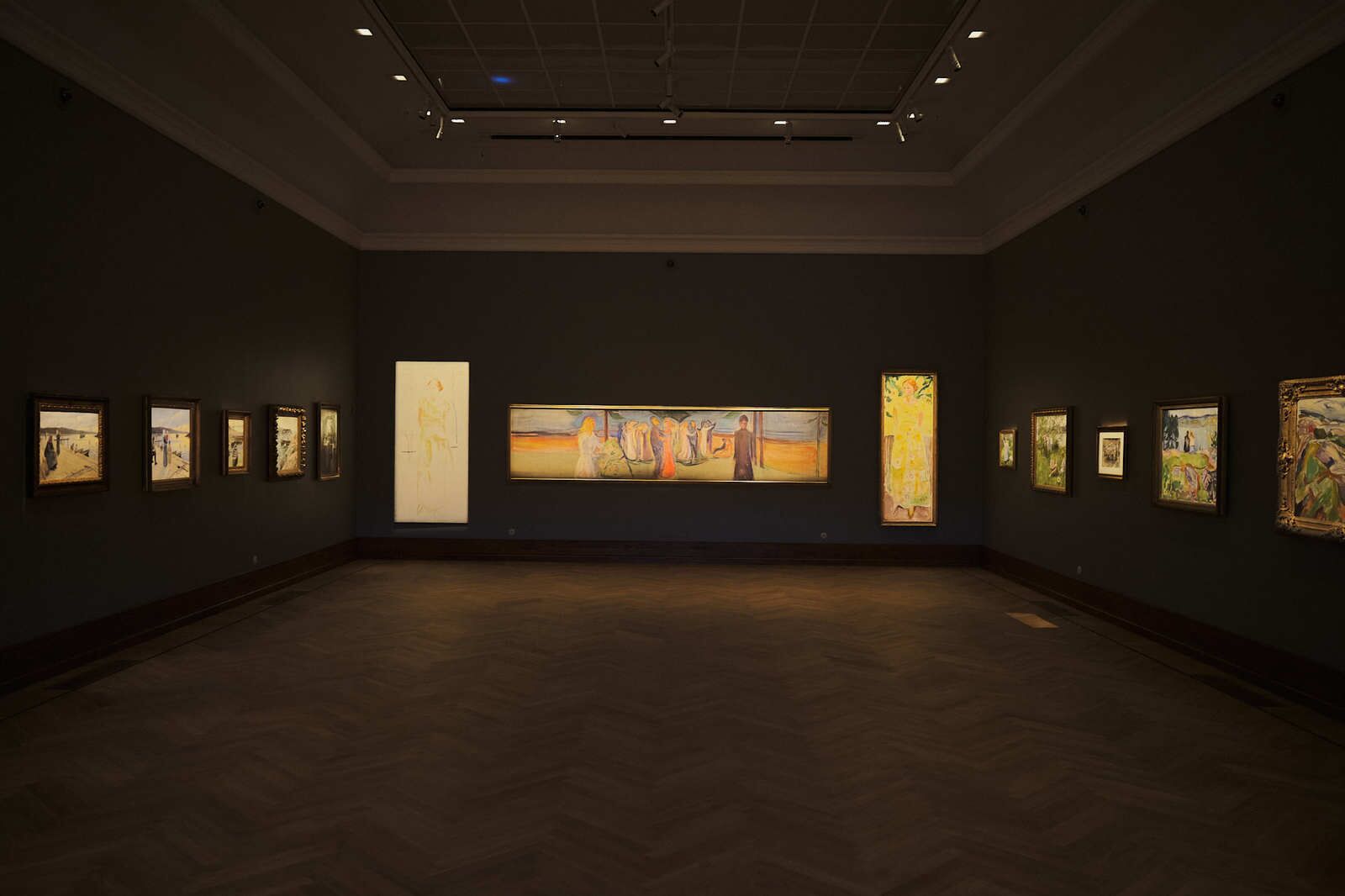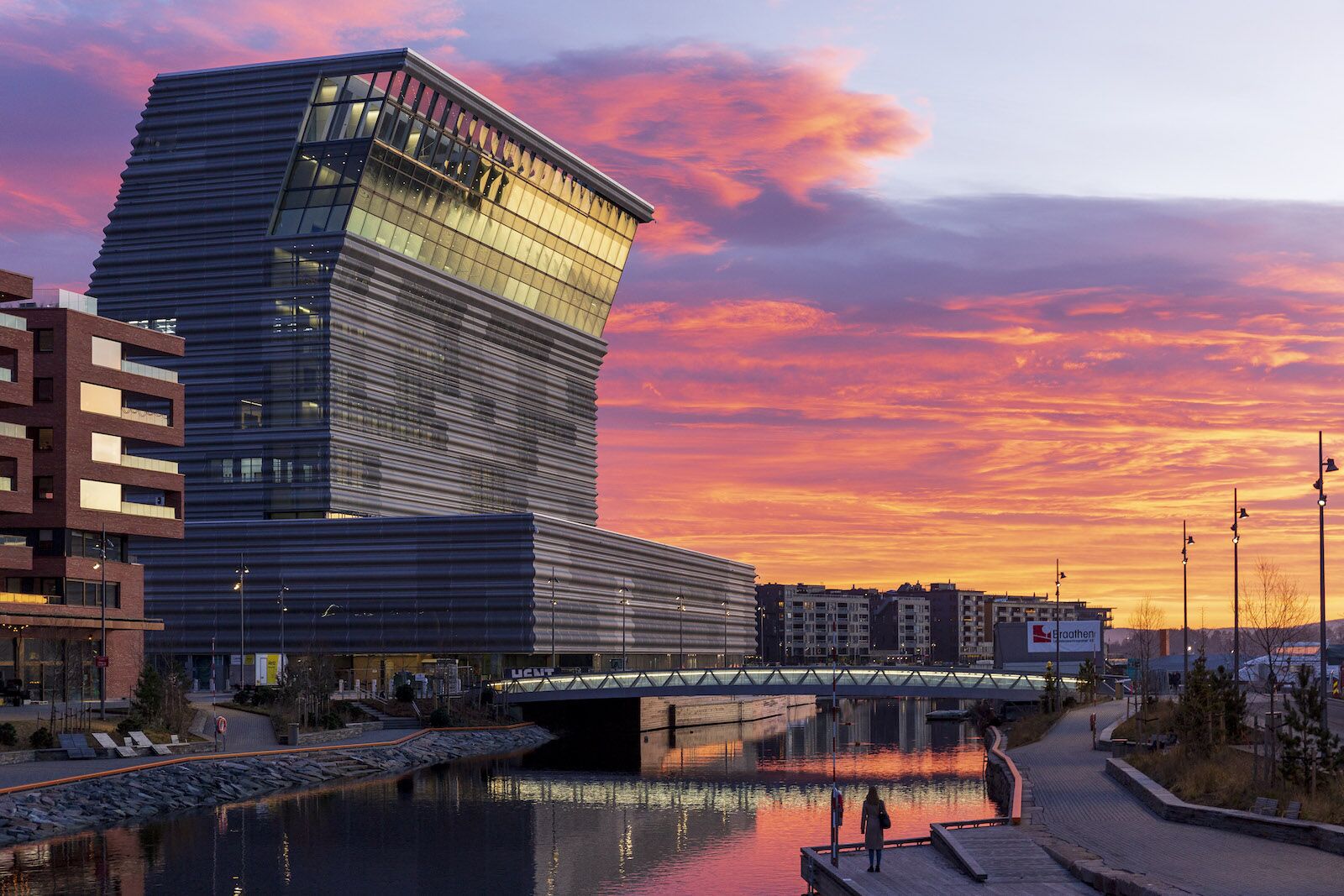If you love Edvard Munch, this new hotel needs to be on your travel radar.
Called the Ramme Fjordhotell (Rammefjord Hotel) and located roughly 40 minutes outside Oslo, Norway, the hotel and compound is a passion project for the owner, who cared so much about opening the hotel that he sold Munch’s most famous painting – “The Scream” – for a cool $120 million to finance the project. Despite that, the multimillion-dollar haven in the countryside where the artist once lived is still almost totally off the tourist radar.
